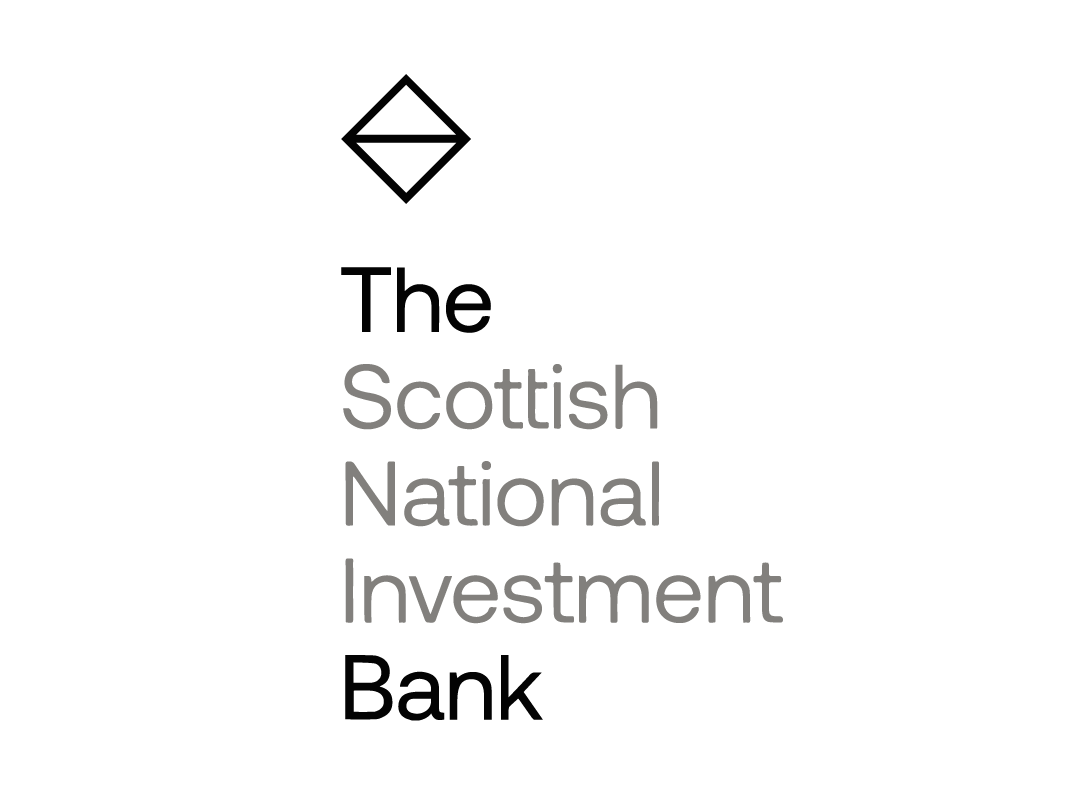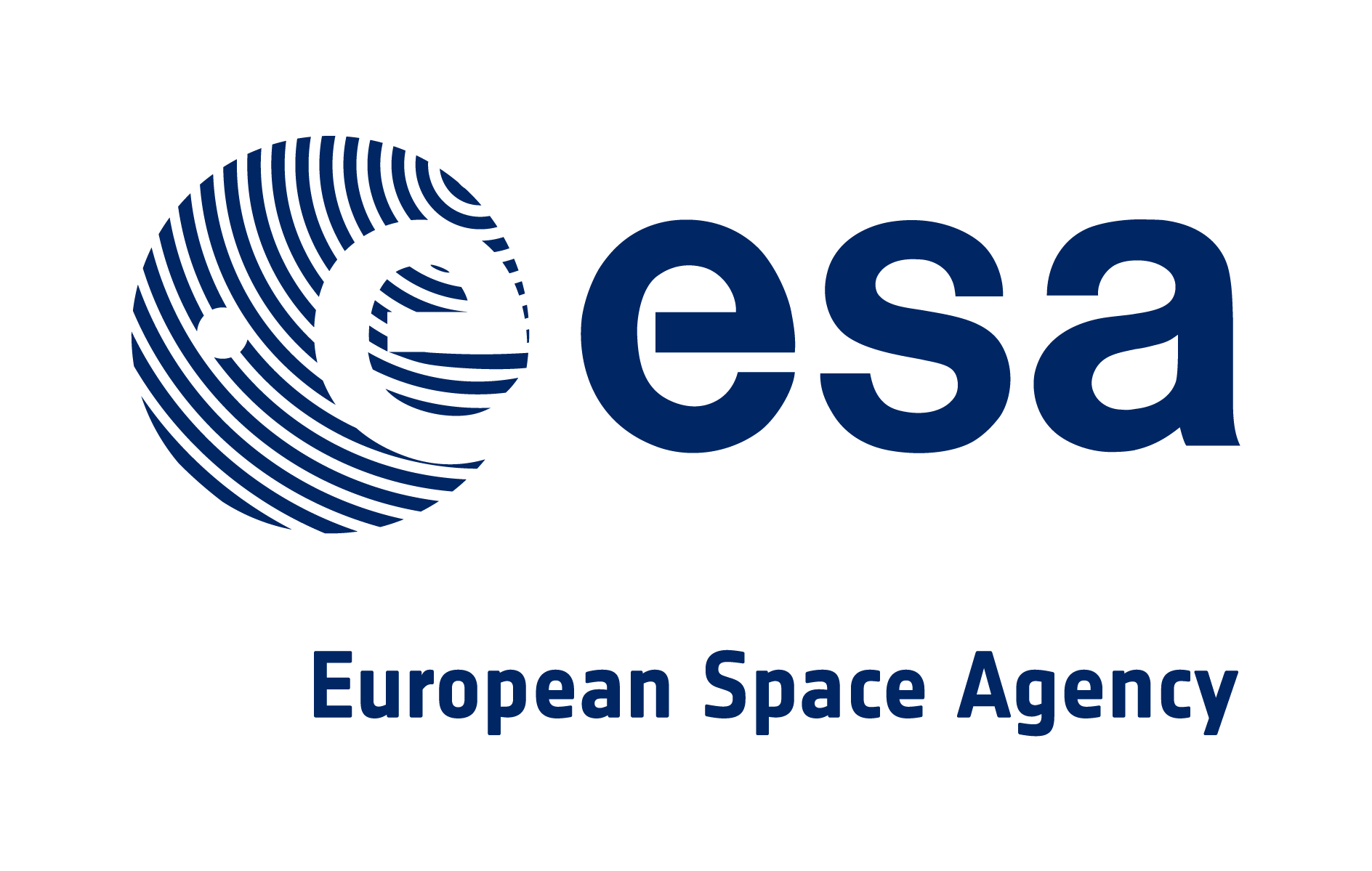Introduction to Feed Conversion Ratios (FCR) in Aquaculture
Feed Conversion Ratios (FCR) play a critical role in determining the efficiency and profitability of farming operations. FCR measures how much feed is required to produce a specific amount of fish. A lower FCR indicates that less feed is needed, which ultimately leads to cost savings and improved sustainability.
What Are Feed Conversion Ratios?
Feed Conversion Ratio is a simple calculation that compares the amount of feed used to the weight of fish produced. For example, if 1.5 kilograms of feed are required to produce 1 kilogram of fish, the FCR would be 1.5. This metric allows farmers to understand how effectively their feed is being used, which in turn impacts the overall productivity and environmental footprint of their operations.
Importance of FCR in Aquaculture
FCR is more than just a financial metric; it is also a key indicator of farm health and environmental sustainability. Feed is one of the largest costs in aquaculture, so improving FCR can significantly boost profitability. Additionally, the more efficiently feed is converted into fish, the lower the environmental impact of farming operations. Efficient feeding reduces waste, decreases the strain on feed supply chains, and minimizes the release of nutrients into surrounding waters.
Challenges in Maintaining Optimal FCR
Despite its importance, maintaining an optimal FCR can be challenging. Several factors influence FCR, including water quality, fish health, and the timing of feed delivery. External variables like weather conditions can also disrupt feeding operations, making it difficult to ensure fish are fed consistently and in the most effective manner.
The Role of Technology in Optimizing Feed Conversion Ratios
As aquaculture scales to meet the growing global demand for seafood, innovative technologies are emerging to help farmers overcome the challenges of maintaining efficient FCR. .One such innovation is Connected Seafarm by Krucial, which is transforming the way fish farms manage feeding operations.
How Connected Technology is Revolutionizing Aquaculture
With Connected Seafarm, farmers can now operate feeding systems remotely, regardless of the conditions at the farm site. This technology provides the tools needed to monitor fish behavior, control feeding systems, and make better decisions about feeding times and quantities.
The Emergence of Connected Seafarm
Connected Seafarm harnesses the power of satellite technology to connect even the most remote farms. It ensures that feeding operations are uninterrupted, giving farmers the ability to optimize their FCR with precision and efficiency, no matter where their operations are located.
How Connected Seafarm Can Improve Feed Conversion Ratios
1. Centralized Remote Feeding Operations
By centralizing control of feeding operations, Connected Seafarm enables farmers to manage all their sites from a single platform. With satellite connectivity, farms can administer feed across multiple pens without needing to be physically present on-site. This allows for uninterrupted feeding, ensuring stock growth is optimized and waste is minimized.
Overview of Remote Feeding Systems
Remote feeding systems are controlled via satellite and allow farmers to monitor the conditions of each fish pen. This eliminates the need to be on-site, reducing the reliance on manual operations while ensuring feed delivery continues efficiently.
Control and Monitoring of Feed Across Pens
Connected Seafarm allows precise control of feed delivery for each pen, which helps ensure that feed is provided in the exact quantities needed. This minimizes overfeeding and ensures that fish receive the right amount of nutrition.
2. Optimized Feeding Times Through Monitoring
Connected Seafarm offers a powerful advantage by allowing farmers to monitor not just fish behavior but also key environmental conditions, both of which are essential for determining optimal feeding times. With this comprehensive approach, farmers can make better decisions that directly enhance feed conversion ratios (FCR).
Monitoring Fish Behavior to Identify Optimal Feeding Windows
Through constant surveillance of fish behavior in individual pens, Connected Seafarm helps farmers pinpoint the best times to feed. Fish feeding patterns can vary based on a range of environmental factors, and being able to observe their activity ensures that feed is given when the fish are most likely to eat it. This helps reduce uneaten food and, in turn, improves FCR.
Environmental Monitoring for Smarter Feeding Decisions
Beyond monitoring fish behavior, Connected Seafarm provides advanced tools for tracking critical environmental conditions, such as dissolved oxygen (DO) and chlorophyll levels, which can significantly impact fish appetite and feeding efficiency.
For example, low levels of dissolved oxygen in the water can reduce fish appetite because fish struggle to take in oxygen when it's scarce. Feeding during these times would result in wasted feed since the fish are unlikely to consume it. By tracking DO levels, Connected Seafarm allows farmers to avoid feeding during these unfavorable conditions, minimizing waste and improving FCR.
Similarly, chlorophyll levels serve as an indicator of biological activity in the water. Spikes in chlorophyll often signal an algal bloom, which can disrupt fish feeding patterns. During such events, fish typically reduce their intake, making it important to adjust feeding schedules. Connected Seafarm monitors these changes in chlorophyll, allowing farmers to feed only when conditions are optimal.
Benefits of Feeding at Optimal Times for FCR
By timing feedings to coincide with ideal fish behavior and environmental conditions, farmers can ensure that less feed goes to waste and more is converted into fish growth. This not only improves FCR but also promotes healthier and more efficient fish development. With the help of Connected Seafarm, feeding schedules are perfectly aligned with the natural rhythms of both the fish and their environment, leading to better overall farm performance and reduced costs.
3. Reduction of Feed Waste
Overfeeding or feeding at the wrong time can result in wasted feed, which negatively impacts FCR. Connected Seafarm’s remote management system allows farmers to control feeding more precisely, ensuring the right amount of feed is delivered.
How Remote Monitoring Minimizes Overfeeding
By continuously monitoring the behavior and health of fish, Connected Seafarm helps to minimize the risk of overfeeding, which is a common cause of wasted feed and poor FCR.
Importance of Accurate Feed Delivery in Improving FCR
Accurate feed delivery is essential to maintain efficient FCR. The precise control offered by Connected Seafarm ensures that fish receive only the necessary amount of feed, reducing costs and improving overall efficiency.
4. Health and Welfare Monitoring for Better FCR
Fish health is a critical factor that affects FCR. Poor health can lead to slower growth and higher feed requirements. Connected Seafarm provides continuous health monitoring, helping farmers identify potential issues early and adjust feeding strategies accordingly.
Continuous Health Monitoring and Fish Welfare
The system allows for continuous health monitoring of each fish pen, helping farmers detect any signs of illness or stress. By addressing health issues early, farmers can ensure that fish are growing optimally, leading to improved FCR.
The Connection Between Fish Health and FCR
Healthy fish convert feed into body mass more efficiently, which directly improves FCR. By maintaining a close watch on fish health, farmers can prevent issues that would otherwise reduce feeding efficiency.
5. Resilient and Reliable Feeding Operations
Disruptions to feeding due to weather, infrastructure failure, or other external factors can significantly impact FCR. Connected Seafarm's satellite-based system ensures that feeding operations remain uninterrupted, even in challenging conditions.
The Role of Satellite Connectivity in Preventing Downtime
Satellite connectivity ensures that feeding operations can continue regardless of local infrastructure issues. This resilience is essential for remote farms that often face connectivity challenges, allowing farmers to maintain consistent feeding schedules and optimize FCR.
Eliminating Blind-spots Across Remote Sites for Uninterrupted Feeding
By eliminating blind spots in monitoring and connectivity, Connected Seafarm ensures that all feeding operations are visible and controllable, reducing the risk of missed feedings or overfeeding.
6. Efficient Data Sharing for Better Decision-Making
Connected Seafarm enables farmers to share video feeds and data across their organization. This collaborative approach allows for better decision-making and quicker responses to any issues that arise, ensuring that feeding remains efficient.
Video Feed Sharing Within Organizations
Farmers can share live video feeds of their fish pens with colleagues or consultants, ensuring that everyone involved in the farm’s operation has access to the same information and can make informed decisions about feeding strategies.
Data-Driven Insights for Improved FCR
Data gathered from the system can be analyzed to identify trends and optimize feeding strategies, helping to maintain a low FCR and improve overall farm efficiency.
7. Scaling Operations with Remote Feeding Solutions
Connected Seafarm is designed to support the growth of aquaculture operations. By allowing farmers to control feeding across multiple sites remotely, the system makes it possible to scale without sacrificing feeding efficiency.
Centralized Management of Multiple Sites
The centralized platform enables farmers to manage feeding across all their sites from a single interface, streamlining operations and ensuring consistent FCR across the entire farm network.
Expansion Without Compromising FCR
As farms expand, maintaining optimal FCR can become more challenging. However, Connected Seafarm’s remote feeding capabilities ensure that scaling up operations does not lead to a reduction in efficiency or an increase in feed costs.
Key Points
Connected Seafarm represents the future of aquaculture feeding. With its ability to improve feed conversion ratios through centralized, remote control, optimized feeding times, and resilient operations, it is a game-changer for fish farmers looking to improve efficiency and sustainability.
Get in Touch with Krucial to Optimize Your Feed Conversion Ratios
If you're ready to take the next step in improving your farm's feed conversion ratios and overall efficiency, Krucial is here to help. Whether you're interested in learning more about Connected Seafarm or want to explore how our remote feeding solutions can benefit your operations, we would love to hear from you.
By partnering with Krucial, you'll have access to cutting-edge satellite technology that enhances your feeding operations, reduces waste, and ensures your fish are thriving under optimal conditions. Our team of experts can tailor a solution that fits your unique needs and helps you achieve the best possible results. Speak to us today!









